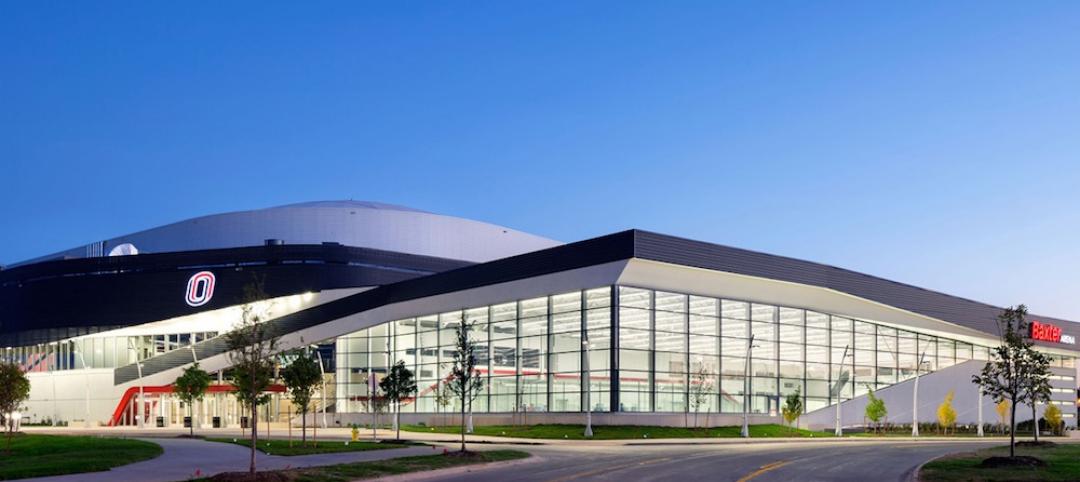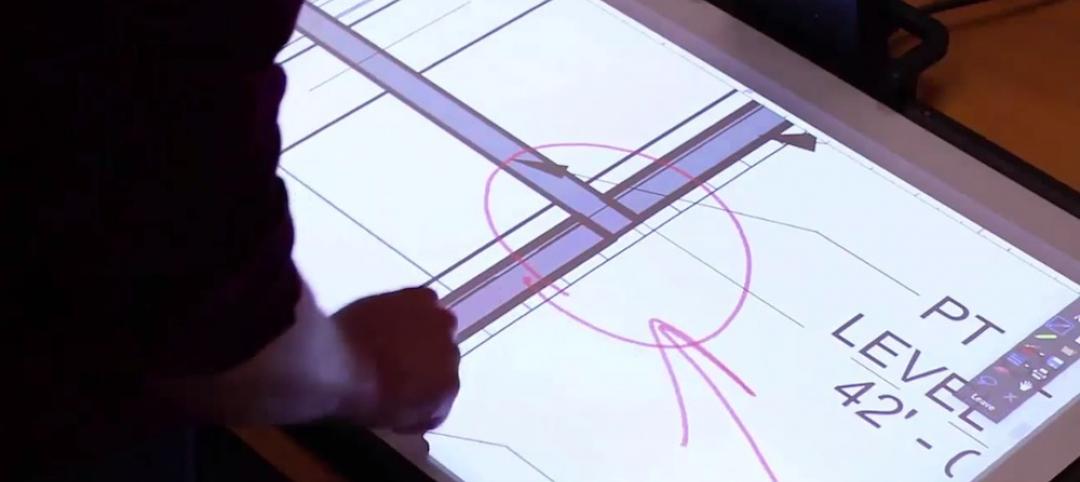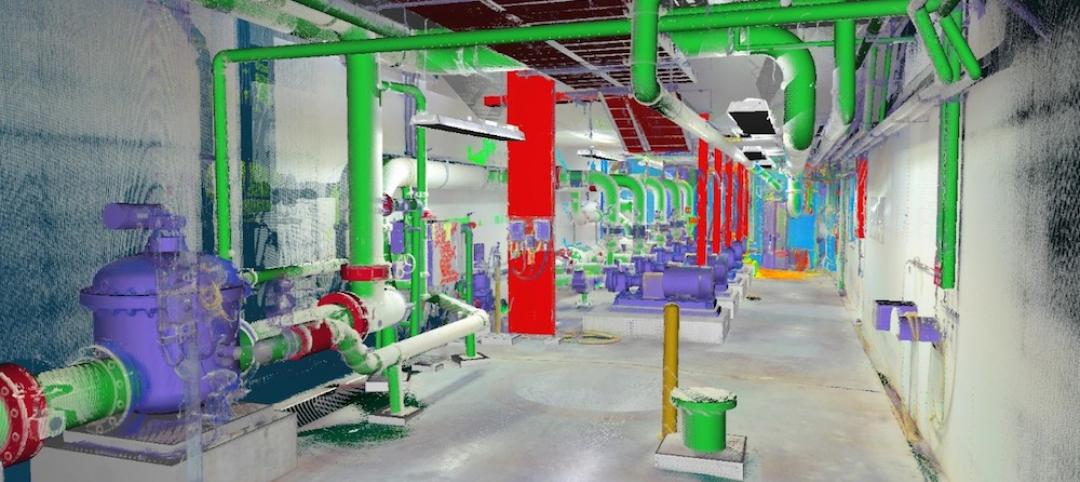The exoskeleton industry is being held back by a lack of standards, according to Forbes contributor Borislav Marinov.
A lack of guidelines, common terminology, and testing methodology leave it to users to develop their own best practices and evaluation procedures. Exoskeleton technology can augment construction workers physical ability and potentially reduce injuries.
The dearth of standards prevents the gathering of test results, which, in turn, has hindered the development of industrial exoskeleton applications, Marinov wrote. Although organizations such as ASTM International and the International Organization for Standards have released some standards, they fall short of the comprehensive rules that are needed to give users a deep understanding of exoskeleton use.
Even so, Marinov points out that the market for exoskeletons for industrial use has gone from next to nothing to nearly 10,000 commercially purchased units over the past 10 years.
Related Stories
Big Data | May 5, 2016
Demand for data integration technologies for buildings is expected to soar over the next decade
A Navigant Research report takes a deeper dive to examine where demand will be strongest by region and building type.
BIM and Information Technology | May 2, 2016
How HDR used computational design tools to create Omaha's UNO Baxter Arena
Three years after writing a white paper about designing an arena for the University of Nebraska Omaha, HDR's Matt Goldsberry says it's time to cherry-pick the best problem-solving workflows.
Virtual Reality | Apr 29, 2016
NBBJ to develop virtual reality productivity platform
The Seattle design firm has partnered with Visual Vocal, a startup VR company.
Drones | Apr 25, 2016
The Tremco SkyBEAM UAV is the first to be approved by the FAA for nighttime commercial operation
The SkyBEAM UAV is used for identifying energy leaks, rooftop damage, deteriorating façades, and safety issues without requiring scaffolding or cranes.
AEC Tech | Apr 15, 2016
Should architects learn to code?
Even if learning to code does not personally interest you, the growing demand for having these capabilities in an architectural business cannot be overlooked, writes computational design expert Nathan Miller.
Building Tech | Apr 12, 2016
Should we be worried about a tech slowdown?
Is the U.S. in an innovative funk, or is this just the calm before the storm?
AEC Tech | Apr 12, 2016
Startup introduces PaperLight, an interactive projection screen for AEC pros
The device lets users edit sketches, plans, and images with a stylus or their fingers.
AEC Tech | Mar 31, 2016
Deep Learning + AI: How machines are becoming master problem solvers
Besides revolutionary changes to the world’s workforce, artificial intelligence could have a profound impact on the built environment and the AEC industry.
AEC Tech | Mar 17, 2016
Managing risks with laser scanning gives AEC firms an edge
The more that clients demand the service, the easier it is to justify the cost of laser scanning equipment and software.
AEC Tech | Mar 15, 2016
Two to tango: Project Tango isn’t just for entertainment, it also has a wide range of possibilities relating to the professional world
Making things like augmented reality, precise measurements of indoor spaces, and indoor wayfinding possible, Google’s Project Tango has all the makings to become a useful and ubiquitous tool in the AEC market.

















